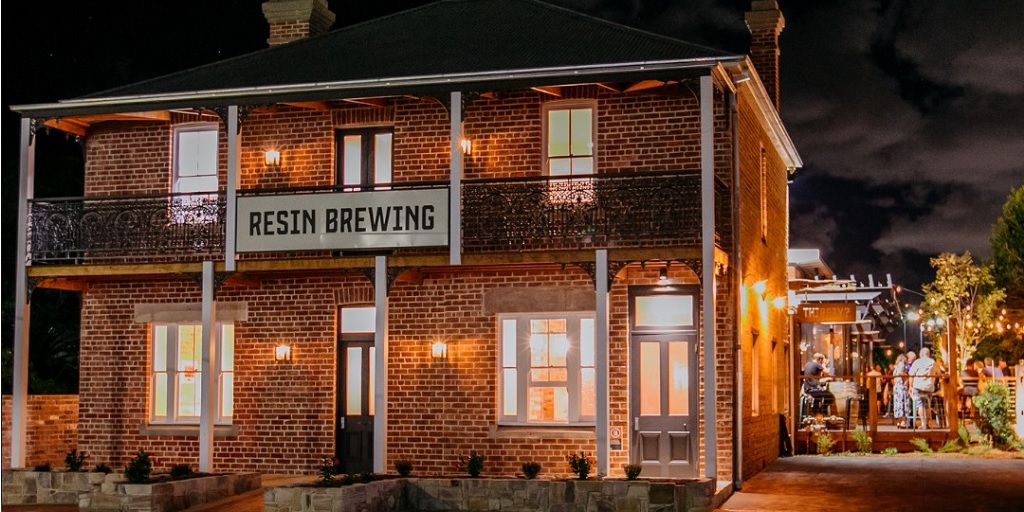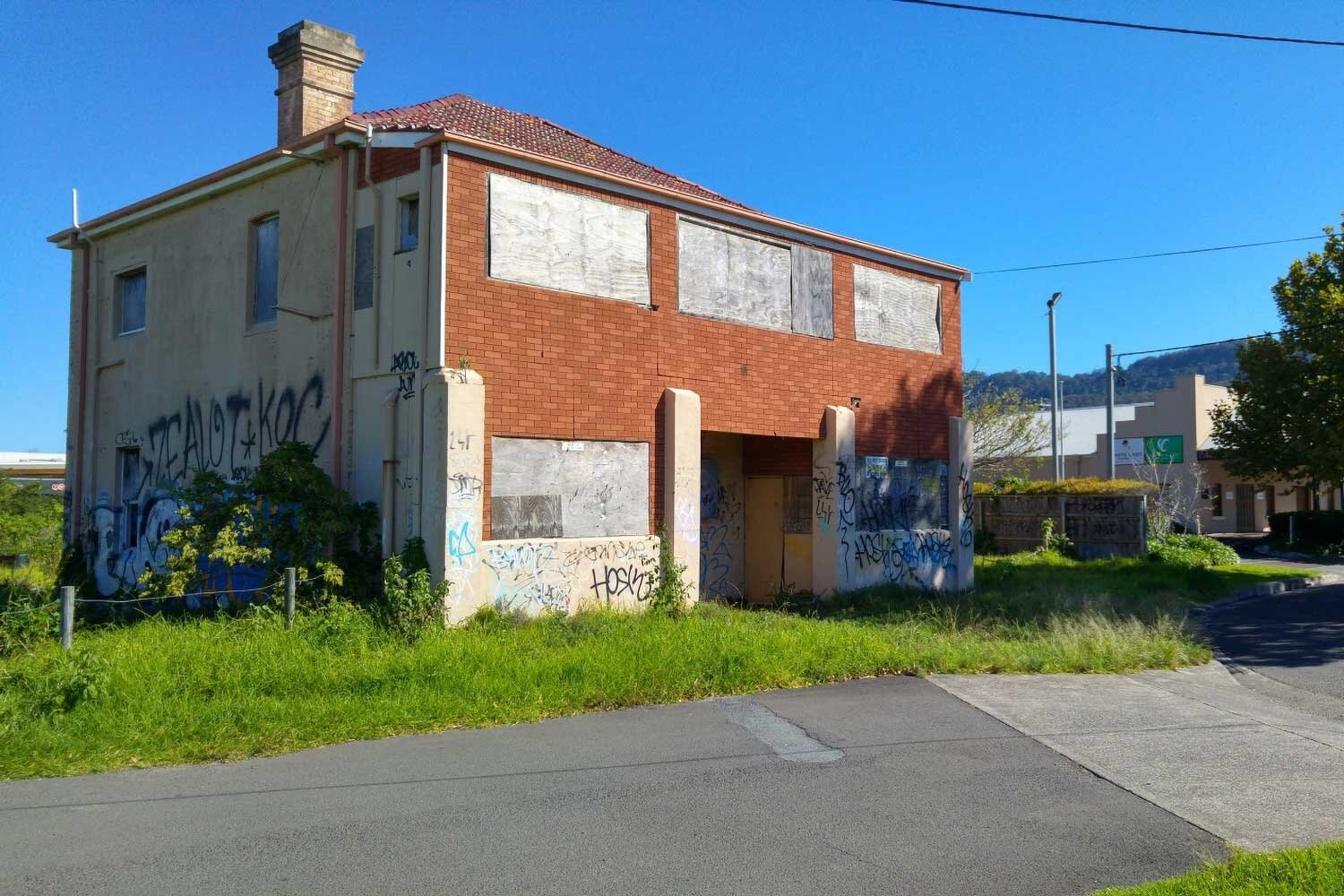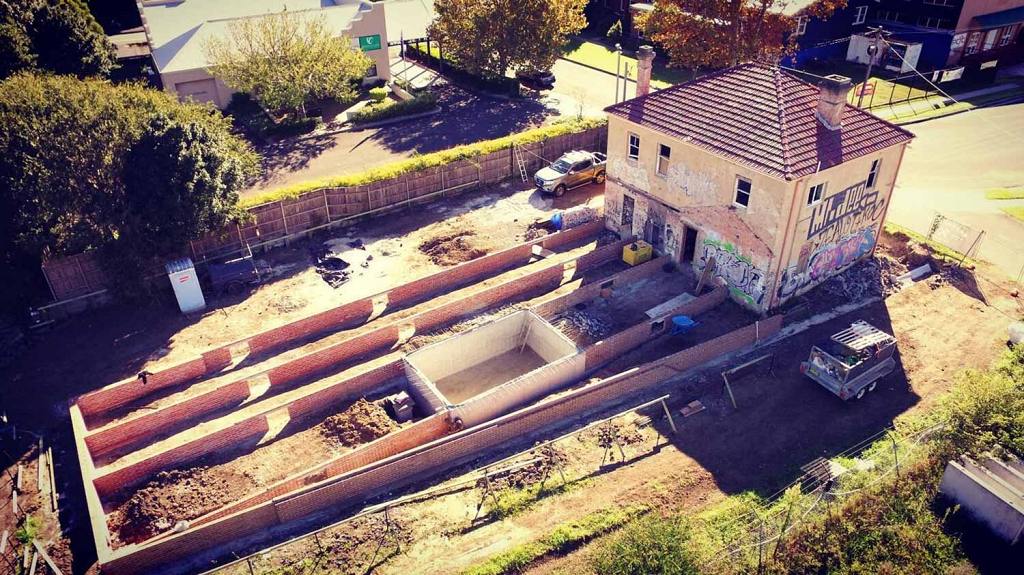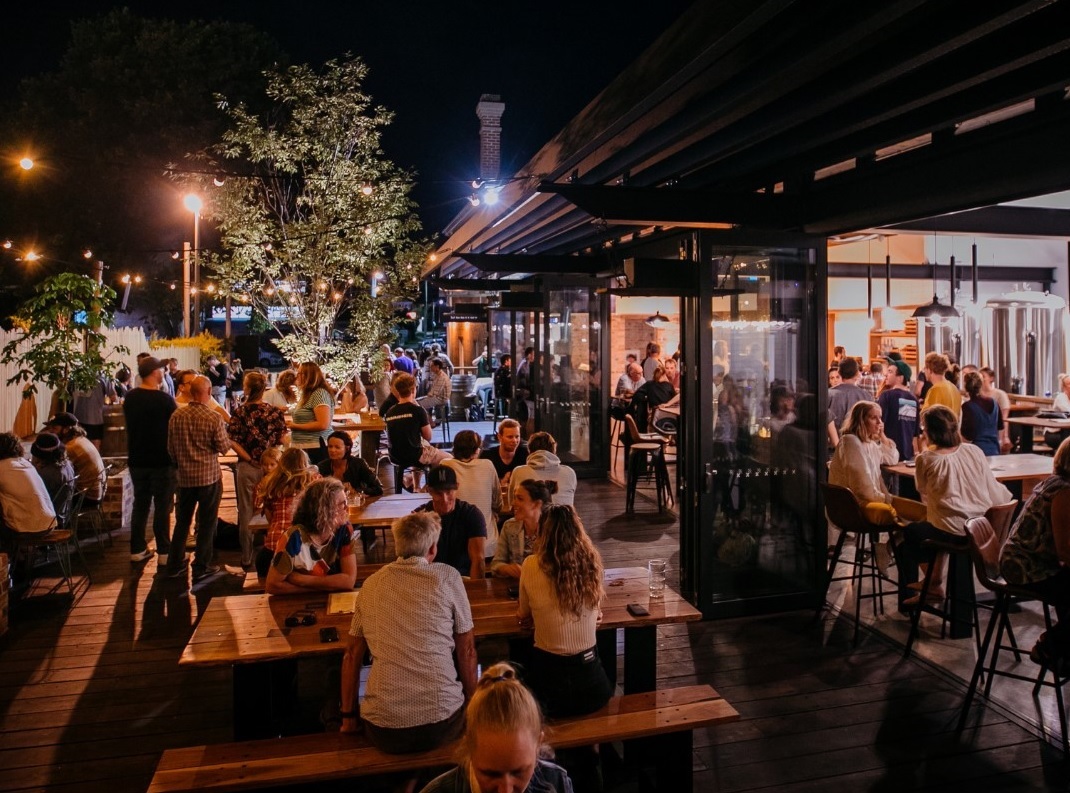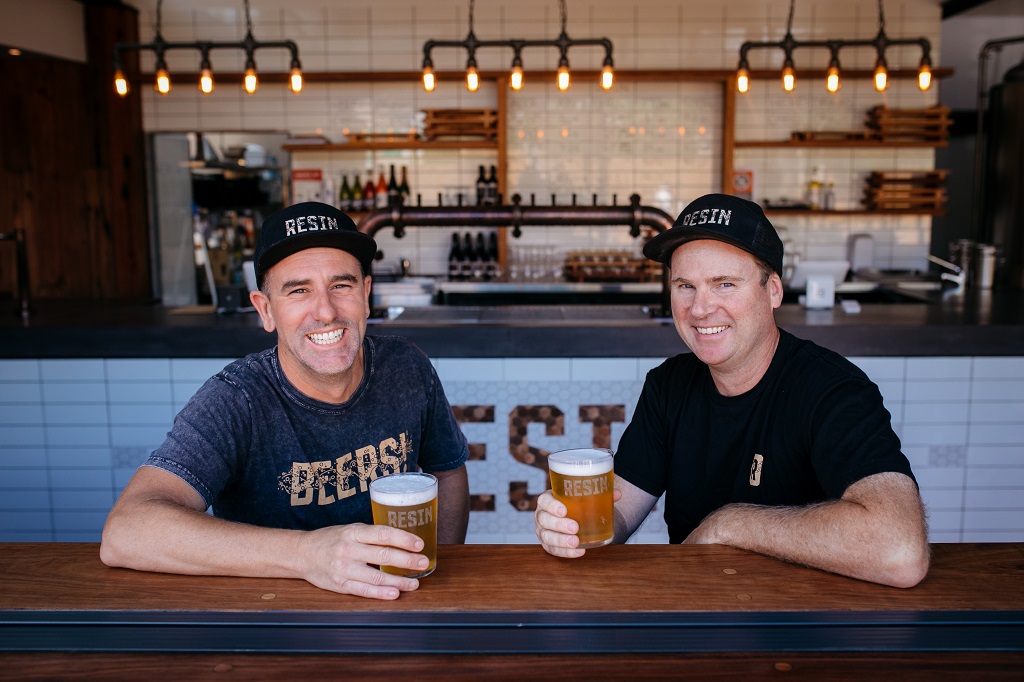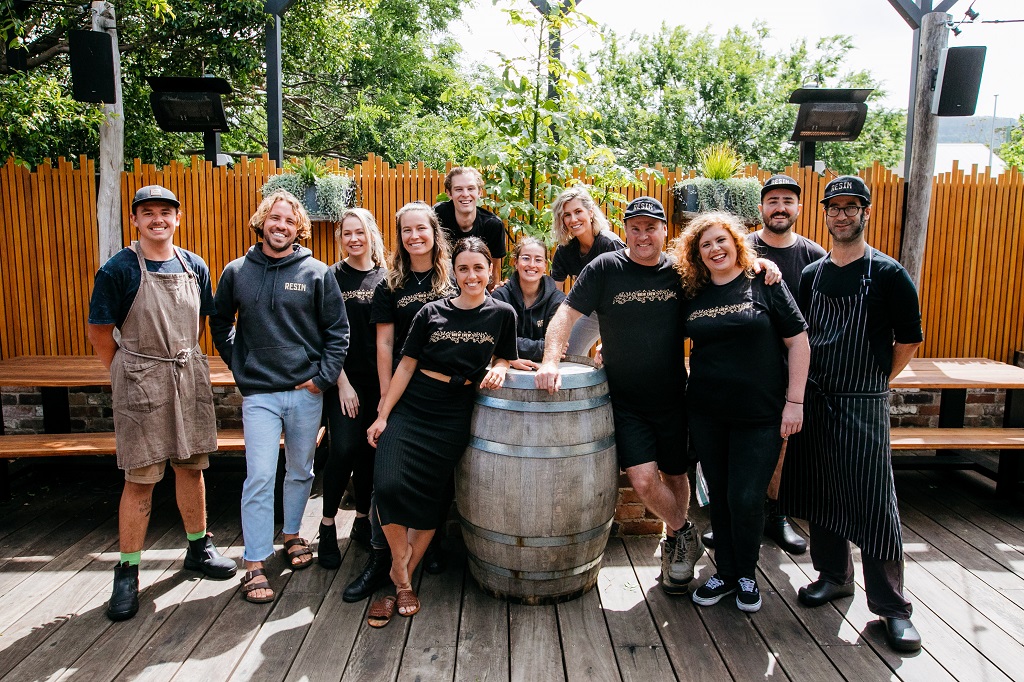
National Trust award for Resin’s heritage build
A dilapidated former railway guest house saved from demolition and refurbished by Resin Brewing has won a major National Trust award.
Breweries, largely due to zoning and building requirements and regulations for brewkits, have often been consigned to industrial areas an outer suburbs.
But some, such as Mountain Culture’s Katoomba rebuild, and Revel’s Bulimba site, have managed to overcome the challenges of adapting a heritage build to a brewery.
Resin Brewing opened in February this year just a week before COVID hit, launched by environmental consultants Brendan Dowd and Steven House.
The young brewery survived by offering takeaway food and beer, helped by their strong local community support which began well before opening, as the locals campaigned to save the building from demolition.
Last week, the National Trust awarded Resin the award for its Adaptive Reuse category, beating 10 other projects to the title.
“With the award itself, a lot of it was demonstrating how we’d been engaging with the community, so we used social media to show the progress of building, and our engagement with the heritage groups around here that helped too,” said House.
“The other shortlisted projects looked brilliant, but I think their starting point was a lot higher than ours, ours was on the verge of being condemned. It was shocking when we picked it up.”
Dowd explained that they had initially intended to go in a very different direction.
“We’d been looking at the standard warehouse and didn’t intend to do this, but they all seemed to be in the back of nowhere.
“With zonings and things you end up in those areas, they’re the only areas with the right zoning where you can make beer.
“We were driving around when we could get off work and spotted it. Next day, Steve got on the phone and talked to the owner and they were happy to sell it.”
The heritage building
The heritage-listed building next to Bulli train station was built in 1887 and was intended by original owners Sarah and Roger Heard to tap into the visitors from Sydney expected following the railway line extension.
By the second half of the 20th century, it had changed hands and was used as a private residence until 2006.
Afterwards, it became a home for squatters, vandals and termites.
The new developers sought to have it demolished, but the community rallied and Wollongong Council refused the demolition application.
“Being local, we had heard of what was going on but weren’t thinking it would be something we could pick up. But when we looked up the local area, we made up our minds that spot would work,” explained Dowd.
“It was dilapidated, it was a fight between squatter and termites to see who could bring it down first – there were three arson attempts on it previously.”
The Resin team bought the building officially in 2017 and were faced with a massive project, removing graffiti and old lead paint, replacing 70 per cent of the wooden floorboards in the place which had been destroyed by termites, and building an ancillary building to house the brewery.
“The termites got into bearers and joints, it was amazing the top floor didn’t fall down!
“We had to get the walls repointed and make structural repairs, [but after stripping back walls] the bricks underneath were beautiful.”
The challenges
At first, the council was cautious of Resin’s plans, but they soon warmed up and the heritage officers at Wollongong Council were happy to get involved.
“They were really supportive of the concept, but they had very specific requirements they wanted us to follow through on,” explained Dowd.
“The biggest challenge was interfacing the heritage building with disabled access, and it’s also flood-prone so the brewery building had to be up higher than the older building.”
The Resin team have some advice for any brewery looking to do the same.
“We used a heritage consultant but we steered away from big city ones and got a local guy involved [architect Geoff Burst]. You definitely need it if you’re working with a heritage building,” said Dowd.
“A good relationship with your builder [is key],” said House, having brought on Mark Tarasenko of local Eastbourne Builders for the job.
“It was impossible to get this work quoted – you lifted a floorboard and would find more problems – so we had to work on hourly rates.”
Budget considerations are always key, and new breweries often lament the lack of funds.
“It doesn’t make financial sense in some ways, because it’s much cheaper to go with an industrial space, but you can’t create that kind of atmosphere we have, in a business district in the middle of town, and we’re right on the train line as well. People are seeing it as a destination,” Dowd said.
The refocus on domestic tourism has already proven to be a major advantage to Resin.
“We’re just over an hour by train from Sydney and we’re getting people on weekends jumping on the train and making a day of it,” House said.
“Just in Wollongong in general, a few years ago we only had one brewery and now we have half a dozen.”
However, it must be a labour of love.
“Fundamentally you have to love what you’re doing and it’s got to be a passion job to restore a heritage building,” advised Dowd.
“But if any other brewers are reading this, I would tell them it’s a really worthwhile thing to do and winning an award like this is a feeling that money can’t buy.”

